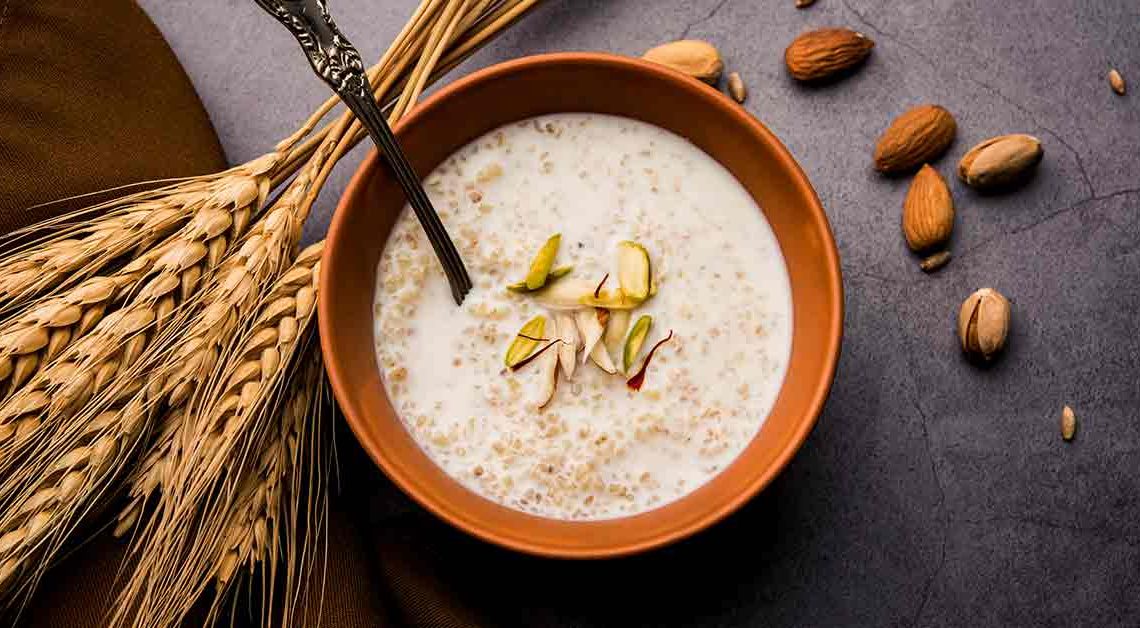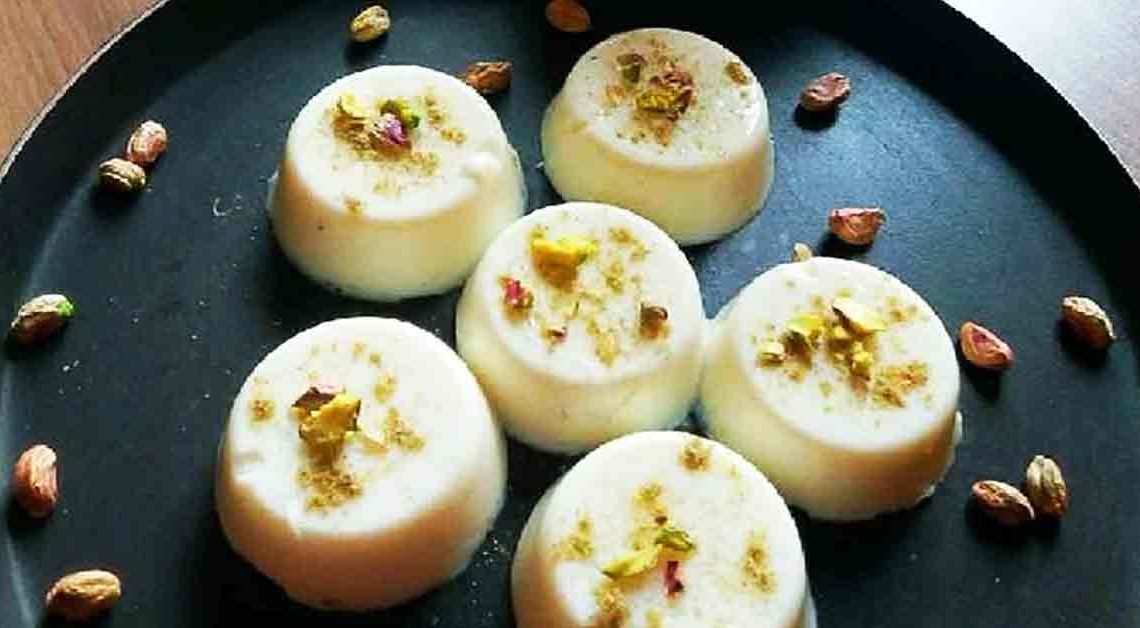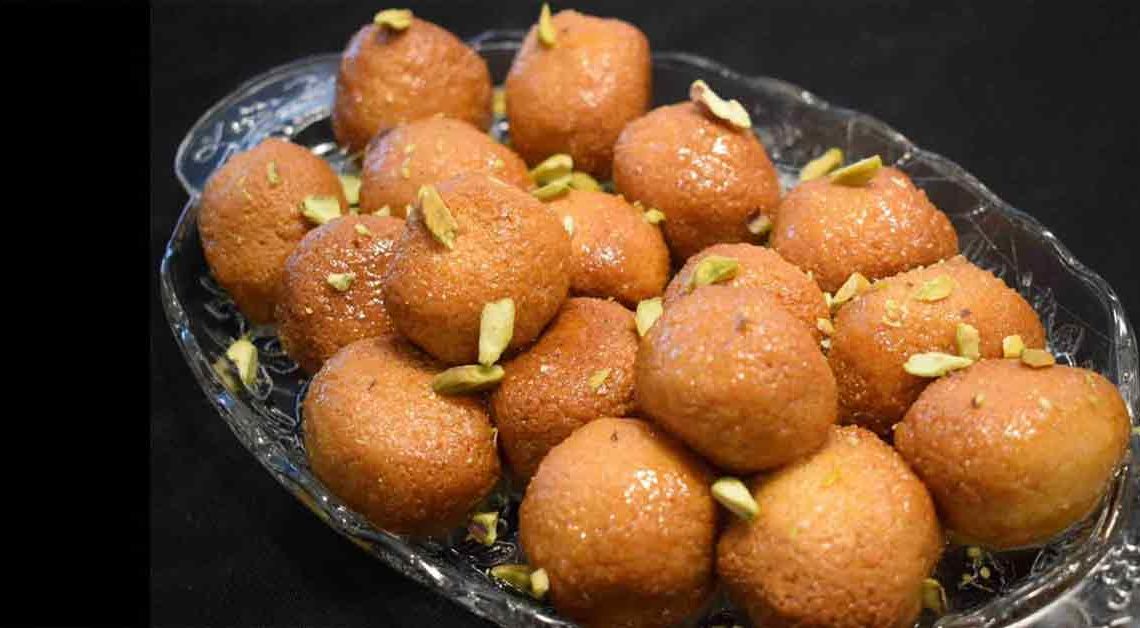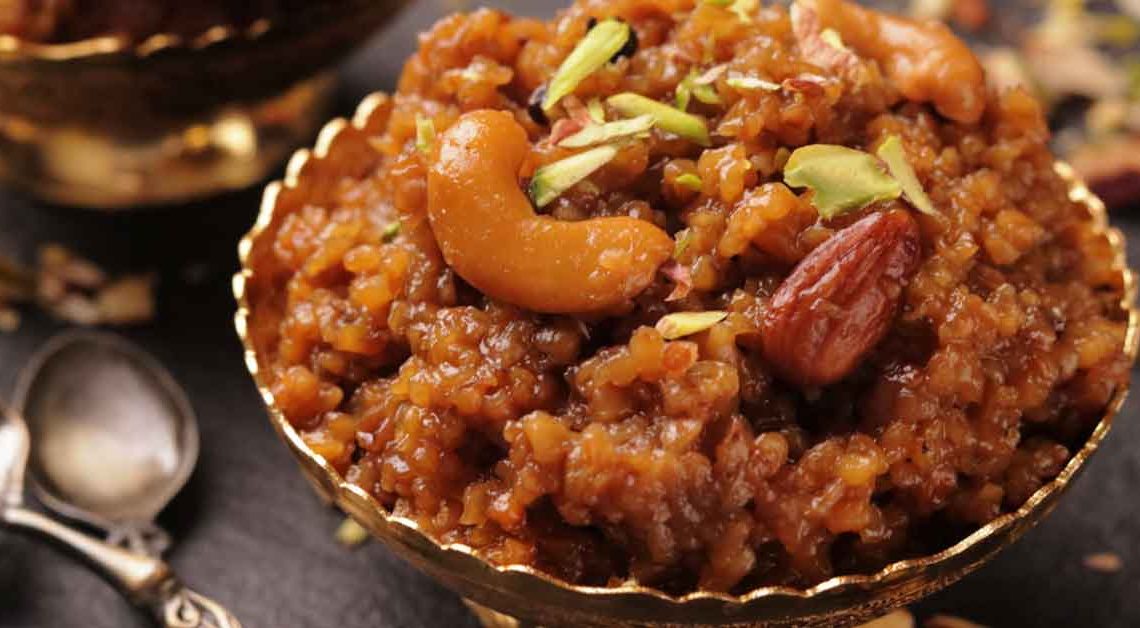A Symphony of Flavors: Daliya Kheer

Welcome to a world of Mithainama, where every spoonful tells a story of tradition, comfort, and indulgence. Today, we embark on a delightful journey into the heart of Indian cuisine, guided by the sweet aroma of a timeless classic – Daliya Kheer.
In the tapestry of Indian desserts, Daliya Kheer is a hidden gem that’s waiting to be rediscovered. This velvety, fragrant pudding is a cherished dish in households across the subcontinent, especially during festive occasions and cozy winter evenings. With its rich, creamy texture and a symphony of flavors, it’s no wonder why it has won hearts for generations.
But what makes Daliya Kheer truly special? It’s not just about the roasted semolina or the simmering milk, but the art of patience and the alchemy of ingredients that come together to create this luscious treat. In this culinary odyssey, we’ll delve into the secrets of perfecting Daliya Kheer, from selecting the finest ingredients to achieving the right consistency.
Origin of Daliya Kheer
Daliya Kheer, also known as “Broken Wheat Kheer” or “Dalia Payasam,” has its roots deeply embedded in the rich tapestry of Indian cuisine. It is a beloved dessert that has been enjoyed for centuries, primarily in the Indian subcontinent. While the exact origin of Daliya Kheer is difficult to pinpoint, it is an integral part of traditional Indian cooking and has a historical significance.
Kheer, in general, is an ancient Indian dessert that finds mention in several historical texts and scriptures. It is believed to have been a favorite of the Mughal emperors and was prepared in royal kitchens with great care and attention to detail. Over time, regional variations of kheer emerged, and Daliya Kheer is one such variation.
Daliya, or broken wheat, is a common ingredient in Indian cuisine, especially in the northern and western regions. It has been a staple grain for centuries, known for its nutritional value and versatility. The idea of using broken wheat to make kheer likely arose as a way to create a wholesome and filling dessert, especially in regions where it was abundant.
History of Daliya Kheer
The history of Dalia Payasam, also known as “Broken Wheat Kheer” is intertwined with the culinary heritage of the Indian subcontinent. While specific historical records about the origin of this dessert may be scarce, it is part of a broader tradition of kheer preparation that dates back thousands of years.
Kheer, in general, is an ancient Indian dish with a history that can be traced back to ancient texts and scriptures. The concept of cooking rice or other grains in milk with sweeteners and flavorings has been part of Indian gastronomy for millennia.
The Mughal Empire, which ruled India from the 16th to the 19th century, had a significant impact on Indian cuisine. The Mughals were known for their love of rich and elaborate dishes, including desserts like kheer. It’s possible that the Mughals contributed to the refinement and popularity of kheer dishes across the Indian subcontinent.
Cultural Significance
Daliya Kheer, or Broken Wheat Kheer, holds cultural significance in the Indian subcontinent. This traditional dessert is not only cherished for its delicious taste but also plays a role in various cultural and social aspects of Indian life. Here are some of the cultural significances of Dalia Payasam:
Festivals and Celebrations: It is often prepared and served during festivals and celebratory occasions. It is a symbol of sweetness and abundance, making it a popular choice during festivities like Diwali, Eid, Raksha Bandhan, and other cultural events.
Religious Offerings: In many Indian religious ceremonies and rituals, kheer is offered as prasad (divine food) to deities in temples and homes. It is believed that offering kheer to the gods brings blessings and good fortune. The act of preparing and offering it can be a spiritually significant practice for many.
Nutritional Significance: It is valued not only for its taste but also for its nutritional benefits. It is often prepared for individuals recovering from illnesses or during times when extra nourishment is needed, such as during pregnancy or after childbirth.
Where is Daliya Kheer Famous?
Daliya Kheer, also known as Broken Wheat Kheer or Dalia Payasam, is famous and enjoyed across the Indian subcontinent. It is a popular dessert in various regions of India and in neighboring countries with cultural and culinary ties to India. Here are some areas where it is particularly famous:
India: It is widely enjoyed throughout India, with variations in preparation and flavoring depending on regional culinary traditions. It is a common dessert in North India, South India, West India, and other parts of the country.
Pakistan: It is a popular dessert in Pakistan, known as “Dalia Kheer” or “Lapsi.” It is often prepared during festivals and special occasions.
Bangladesh: In Bangladesh, Dalia Payasam is known as “Lapsi” or “Lapsi Pitha.” It is a traditional dessert often made during the Bengali New Year (Pohela Boishakh) and other festive occasions.
Interesting Facts and Trivia
Daliya Kheer, a delightful and nutritious dessert, has a rich history and cultural significance. Here are some interesting facts and trivia related to Daliya Kheer:
- It can be customized with various ingredients. Some recipes use broken wheat (daliya) as the primary grain, while others may incorporate rice or vermicelli kheer or pumpkin kheer, sabudana kheer. Flavorings like cardamom, saffron, and nuts are common additions.
- It goes by various names in different regions and languages. In some places, it’s known as “Dalia Payasam,” “Lapsi,” “Godhuma Kheer,” or “Lapsi Pitha.”
- The consistency can vary from thick and creamy to thinner and porridge-like, depending on personal preferences and regional traditions.
- While it is often served hot, some people enjoy it chilled, especially during hot weather. The cooling effect of chilled Dalia Payasam can be refreshing.
- In modern times, some health-conscious cooks may fortify Daliya Kheer with ingredients like chia seeds, flax seeds, or protein powder to enhance its nutritional profile.
Did You Know?
Did you know that Daliya Kheer, the creamy and comforting dessert, offers not only a delightful taste but also a range of health benefits?
- Daliya, or broken wheat, is an excellent source of dietary fiber. Consuming it can aid in digestion, promote a feeling of fullness, and support a healthy digestive system.
- It is typically prepared with minimal amounts of fat, making it a low-fat dessert option. This can be beneficial for those watching their fat intake.
- It often contains a variety of nuts, spices like cardamom, and saffron, which are rich in vitamins and minerals, including iron, calcium, and potassium.
- The combination of milk and daliya can enhance the absorption of essential nutrients like calcium and protein.
- It is often recommended as a soothing and easily digestible food for individuals recovering from illnesses or experiencing digestive discomfort.







